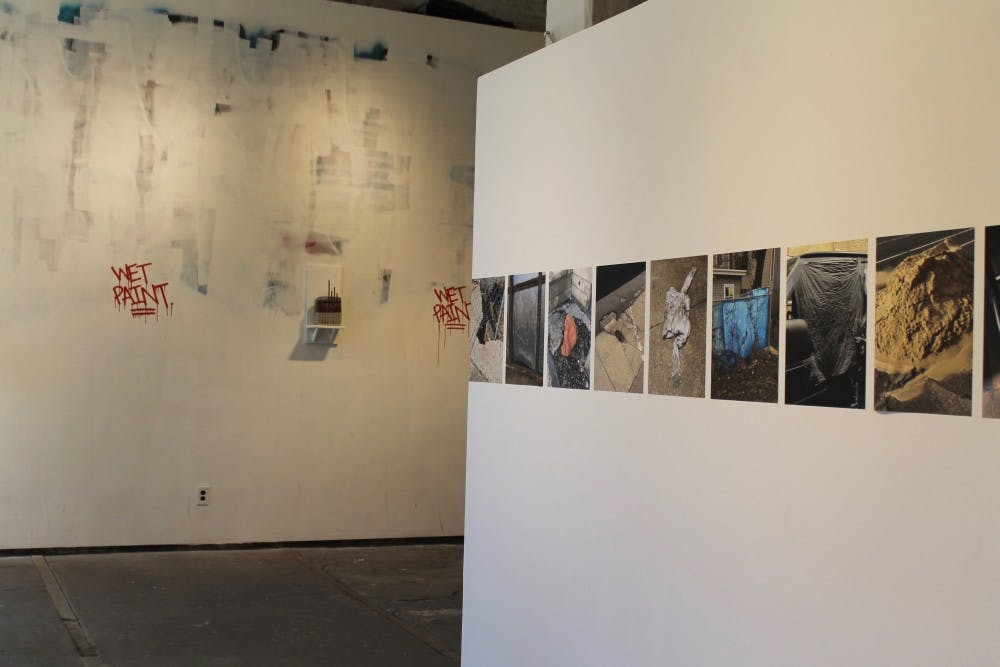In this series, we have discussed art galleries, auction houses and art fairs—and it seems that the art world is all about money. While this is certainly true in some sense, there is still space for the nonprofits. You might have wondered how emerging artists actually work as artists or where they would showcase their works if they are not represented by a commercial gallery. Don't worry; we've got you covered.
Why do we need artist–run galleries?
An “artist–run” gallery is, literally, a gallery run by artists. Traditionally, galleries are owned and run by gallerists, namely the businesspeople who don’t necessarily practice art but are dedicated to promoting artists. When a work of art is sold, the gallery and the artist divide the revenue by a predetermined ratio (usually 4:6 or 3:7). However, there are some weaknesses in this commercial gallery business model. First of all, there is a limited number of successful and profitable galleries, but there is a relatively unlimited number of artists. Assuming that every artist wants to be represented by a gallery in order to accelerate their careers, there is an imbalance between supply and demand.
Second, the content, styles, and mediums of the works promoted by mainstream galleries are constrained by financial outlook. Generally speaking, and assuming other variables remain the same, performative video works are harder to sell than landscape paintings; large–scale installations are harder to sell than regular–size figurines. The competition and limitations within the commercial gallery system in terms of exhibition and sales opportunities call for an alternative. Here enter artist–run galleries.
What do artist–run galleries do?
Artist–run galleries are created by artists for artists, with an aim of supporting underrepresented artists who produce challenging and experimental work; members of artist–run galleries also collaborate to promote each other’s ideas beyond their individual practices. Exhibitions, talks, lectures, and performances are organized regularly with the goals to showcase works, facilitate discussions, engage with the community, and encourage the exchange of ideas.
Who’s involved in an artist–run gallery?
An artist–run gallery usually consists of artist members, administrative staff, and a board of directors. Artists can apply to become members, and selected members will become chairs of committees such as exhibitions, facilities, fundraising, and communications. The board of directors is usually made up of senior–level art professionals or art patrons.
What are the artist–run galleries in Philly?
Vox Populi is among the oldest and most well–established artist–run galleries in Philly. Located on 319 North 11th Street, Vox Populi is a hub for all the creative minds in and around the area. Characterized by its vibrant and thought-provoking exhibition and public programs, Vox Populi is a must–see if you want to know what’s happening in the contemporary art scene in Philly.
Little Berlin was founded by 2007 as a cooperative exhibition space that embraces a DIY ethic. Located on 2430 Coral Street in Kensington, Little Berlin is active in the local arts scene. Besides curating their own exhibitions, Little Berlin is also open to project proposals and collaborations with community and arts organizations.







